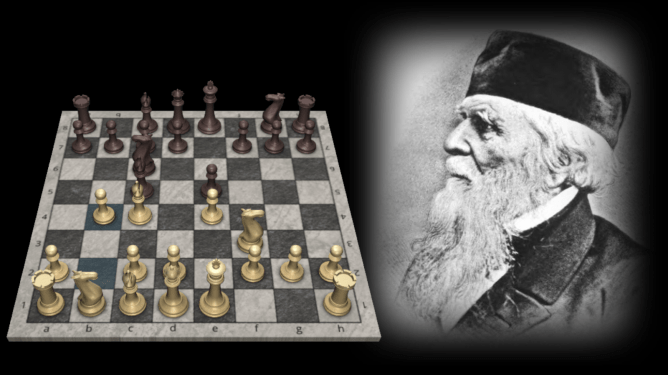All at Sea
The redoubtable Captain William Davies Evans (1790-1872) invented the internationally recognised system of tri-coloured lights that made sailing at night less dangerous. Over the chessboard, he also invented his eponymously-named gambit 1.e4 e5 2.Nf3 Nc6 3.Bc4 Bc5 4.b4 that equally could have used a similar warning system for unsuspecting opponents!
Capt. Evans was born at Musland Farm, in the Parish of St. Dogwells, Wales, on January 27, 1790. He had an early fascination for both chess and the sea - and after serving in the Royal Navy, and rising to the rank of captain, he left the service in the 1820s to take command of a sailing packet that carried mail between Milford Haven and Waterford.
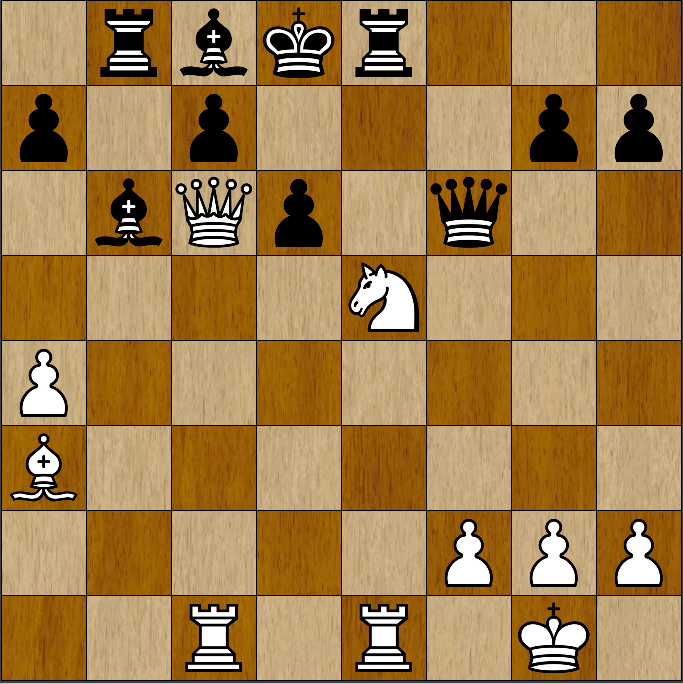
It was during one of his many regular crossings that Capt. Evans had his ‘eureka’ chess moment, with the brainwave at sea of a daring new move in the Giuoco Piano that led to the birth of his Evans Gambit that became his lasting legacy to the game he loved. The seafarer’s swashbuckling gambit soon took the romantic age of chess by storm also, being adopted by the game’s 19th-century elite stars, including McDonnell, Labourdonnais, Anderssen, Morphy, Chigorin and Steinitz, before it fell out of fashion.
It would all have been a nice story for the annals if this particular sea adventure ended at this point - but Capt. Evans and his gambit endured by making a sensational top-level comeback in the 20th century, plus he also went on to be historically memorialised in the 21st century for both his maritime and chess achievements.
Chess-wise, in 1995 Garry Kasparov relit the dying embers of the Evans Gambit by unleashing it against a very surprised Vishy Anand during the Tal Memorial in Riga. After being endorsed by Kasparov, the Evans Gambit momentarily came back into vogue once again - and still, just over 150 years after his death, his gambit still has not been refuted.
And in 2019, a blue plaque monument was unveiled by descendants of the Captain in recognition of his maritime and chess inventions and affixed to a stone located on Wolfscastle village green. The stone was provided by Paul Evans of Musland Farm, where Capt. Evans was born.
At the top level, with more and more tournaments, not to mention a plethora of additional online tournaments, and many younger players ‘databased & engined up’, it is not unsurprising that we occasionally see such ‘forgotten’ lines being unleashed like thunderbolts on unsuspecting and unprepared players. Such variations may not be completely sound but they can confine an unsure opponent to using up lots of clock time plus face prolonged and tedious defence.
Conversely, they can also demonstrate why computer engines can spot hitherto obscure hidden tactical points that can dramatically bust a game wide open — a case in point coming with this Evans Gambit rare outing during the recent Tata Steel Challengers at Wijk aan Zee.
Long live the memory of Capt. Evans and the spirit of the gambit that bears his name!
IM Thomas Beerdsen - GM Jergus Pechac
Tata Steel Challengers 2023, (3)
Evans Gambit, Tartakower Attack
1.e4 e5 2.Nf3 Nc6 3.Bc4 Bc5 4.b4 Capt. Evans' trademark calling card - and yet, 150 years after his death, his legacy lives on with his enterprising gambit that has never been refuted. 4...Bxb4 5.c3 Ba5 6.d4 d6 7.Qb3 Qd7 8.O-O Bb6 9.Nbd2 Na5 10.Qc2 f6 All known to theory - and other solid options here are 10...Nxc4 11.Nxc4 Qc6
or even 10...Ne7 11.dxe5 O-O!?.11.a4 Ne7 12.Ba2 Nec6 13.Ba3 exd4 14.cxd4 Nxd4?This is the wrong way to go about it, as Black's king is left stranded in the middle of the board - and that's never a good idea in the Evans Gambit! The best was 14...Bxd4! 15.Nxd4 Nxd4 16.Qd3 c5 with an unclear position. Mr Engine likes to think that Black is marginally better, but, as often occurs in the Evans, in practice, such positions prove incredibly difficult for Black to contain the scope of the bishop-pair raking across his position.15.Nxd4 Bxd4 16.Rad1 Qe7 17.e5!? The young Dutch IM is very much keeping in the swashbuckling nature of the Evans - but he missed a better and more dangerous shot with 17.Nf3! forcing 17...Bc5 (You can't try to consolidate with 17...Be5? as 18.Nxe5 fxe5 19.f4! and the dream Evans scenario with White set to rip the game open; alternatively 17...Bb6 18.e5! fxe5 19.Nxe5! is a typical Evans theme.)18.Bxc5 dxc5 19.e5! f5 20.e6! O-O 21.Rfe1 with the deadly threat looming of Rd7!! with a crushing attack. 17...fxe5 18.Nf3 Nc6 19.Bd5 Kd8 20.Rfe1 Qf6 21.Bxc6 bxc6 22.Qxc6 Beersden misses his big 'Evans moment' with 22.Bxd6! cxd6 (If 22...Qxd6?? 23.Nxe5! quickly wins.) 23.Nxd4 exd4 24.Qxc6 Rb8 25.Rc1 and the Black king is well and truly snared by the 'heavy furniture' in the middle of the board, where not even offering up the queen with 25...Qe7 26.Rxe7 Kxe7 27.Qc7+ offers any hopes of a miracle save. 22...Rb8 23.Rc1 Bb6 24.Nxe5 Re8 [see diagram] 25.Bxd6? In his gut, Beerdsen would have felt that White 'had something' here - and he would be right to have this feeling, but he goes about it all the wrong way, meanwhile, our Silicon Overlords shows how to turn that gut feeling into reality with 25.a5!! Bxa5 and only now does 26.Bxd6! work, the game ending in spectacular fashion with a flurry of tactics of 26...cxd6 27.Nf7+! Qxf7 28.Qxd6+ Qd7 29.Rxe8+ Kxe8 30.Qxb8 Kd8 31.Qf4 Qf5 (If 31...Qe7 32.Rd1+ Ke8 33.Qa4+ also picks off the loose bishop.) 32.Qxf5 Bxf5 33.Rc5 which is the whole point of the 25.a5!! deflection in the first place, as both Black bishops are skewered. After this miss, the game ended more amicably. 25...cxd6 26.Nf7+ Qxf7 27.Qxd6+ Qd7 28.Rxe8+ Kxe8 29.Qxb8 Kd8 30.Qf4 Qf5 31.Qg3 g6 32.a5 In the words of the comedy classic Morecambe & Wise Greig Piano Concerto sketch with the fabled conductor, Andre Previn, Beersden is playing all the right moves, but not necessarily in the right order! 32...Bxa5 33.Qd6+ Bd7 34.Qb8+ Ke7 35.Qxa7 Qd5 36.Qc5+ ½-½



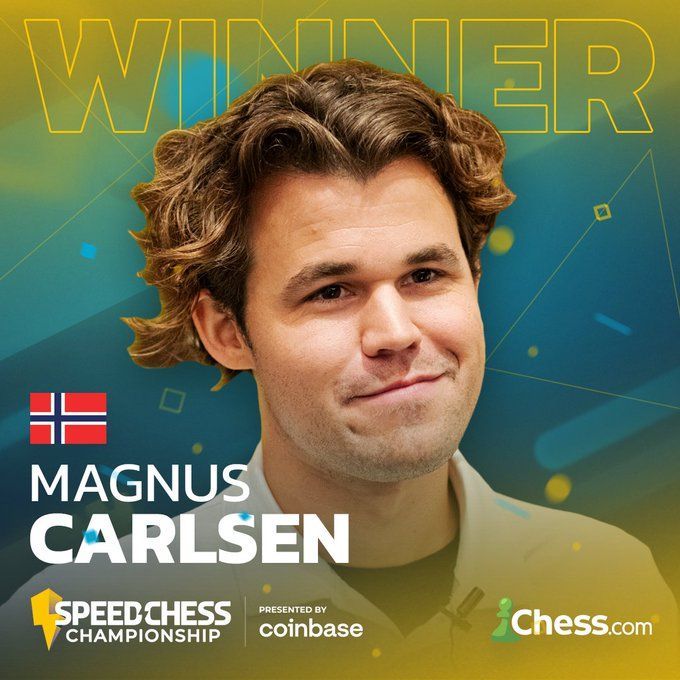
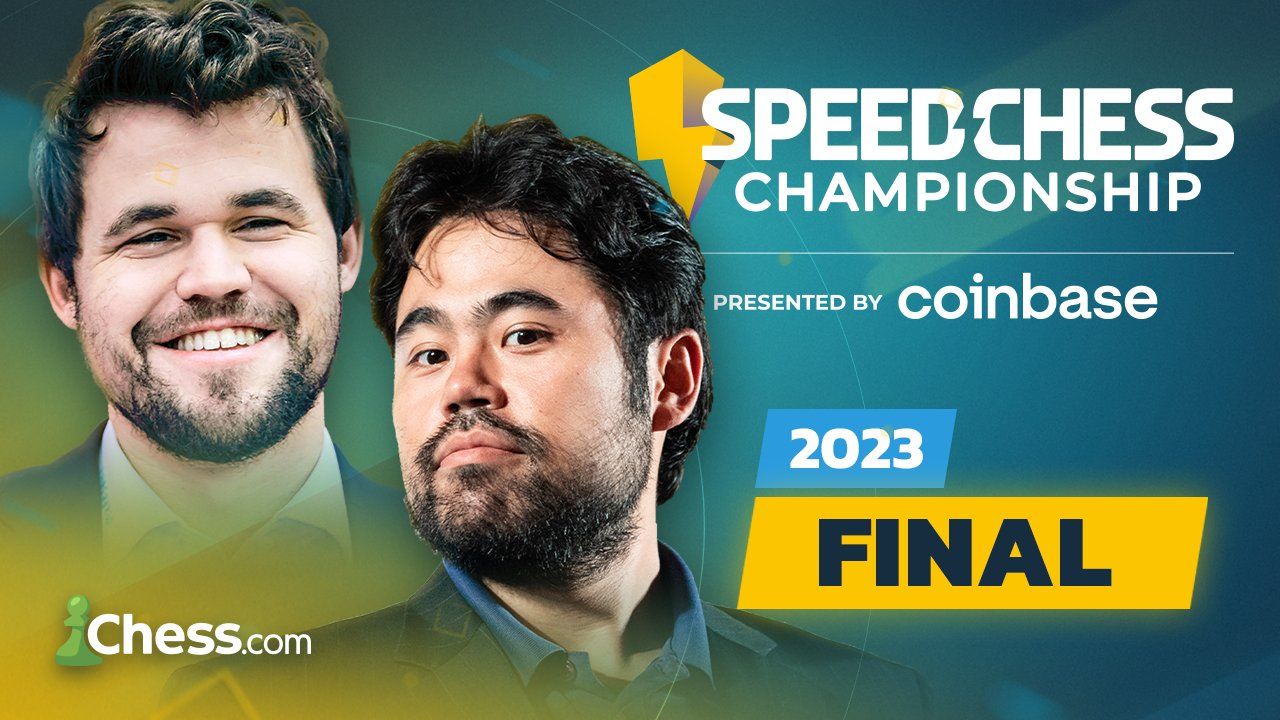
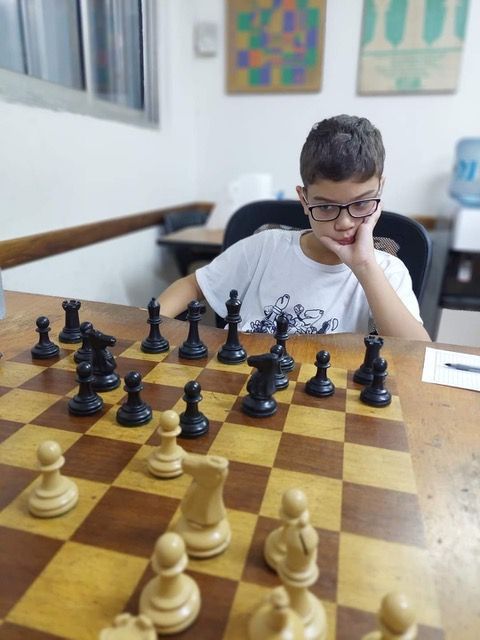
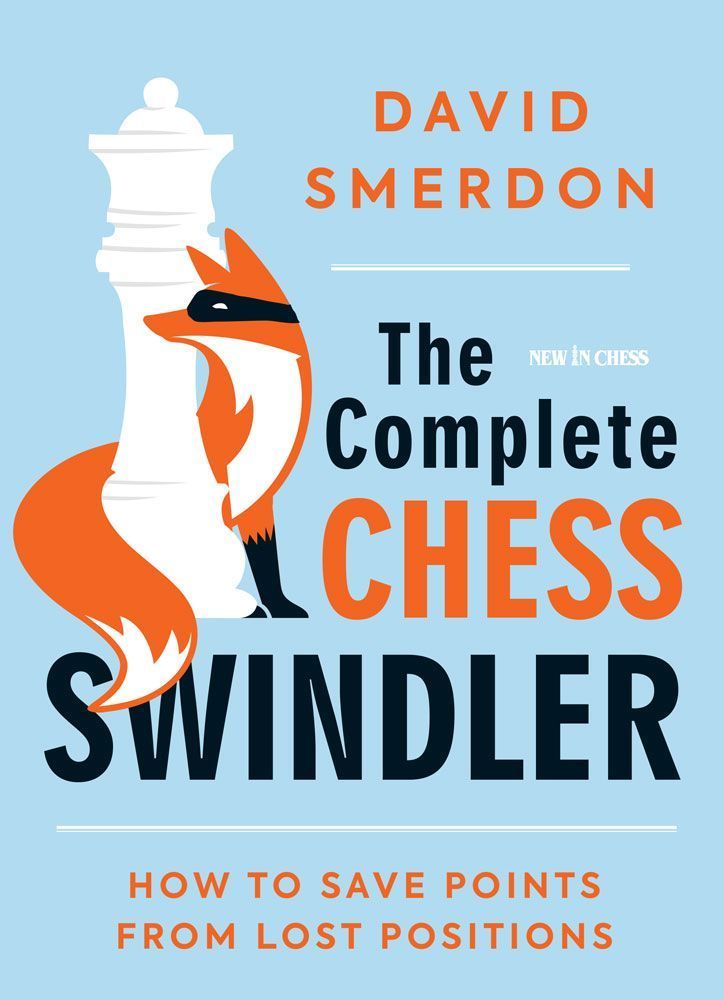
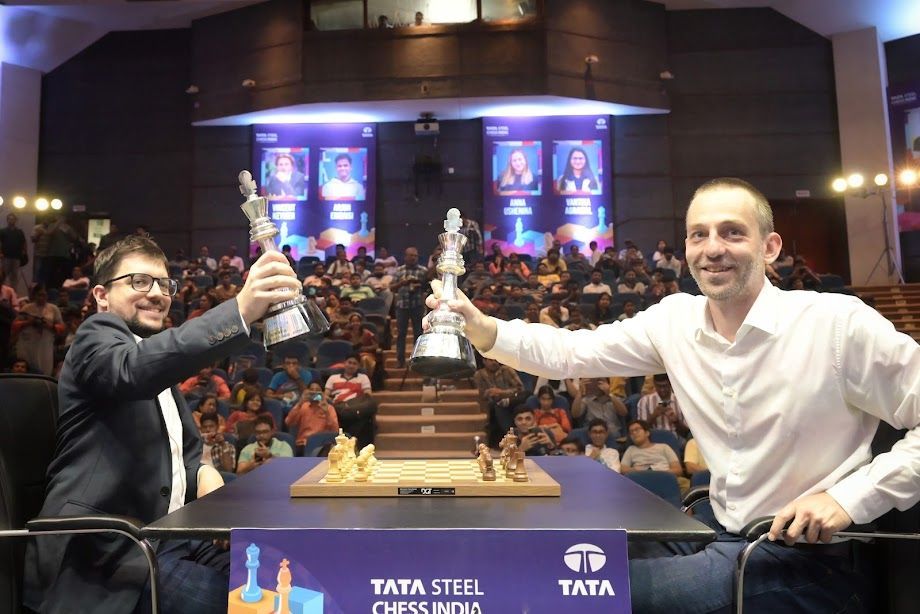


Copyright © 2024. First Move Chess. All Rights Reserved. Deigned and Hosted by JLT Web Design & Digital Marketing. Our Privacy Policy.



